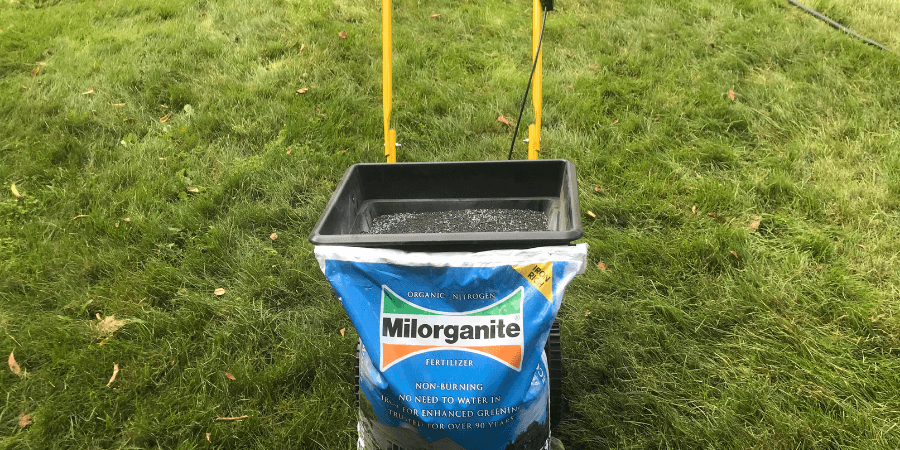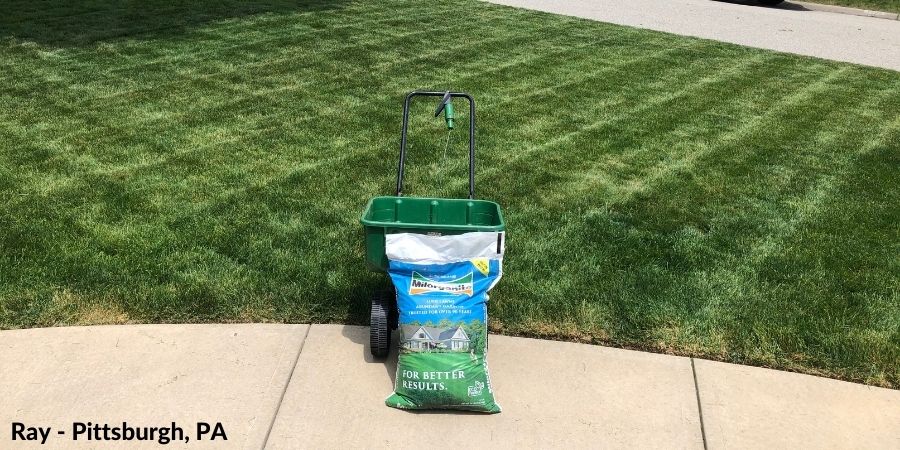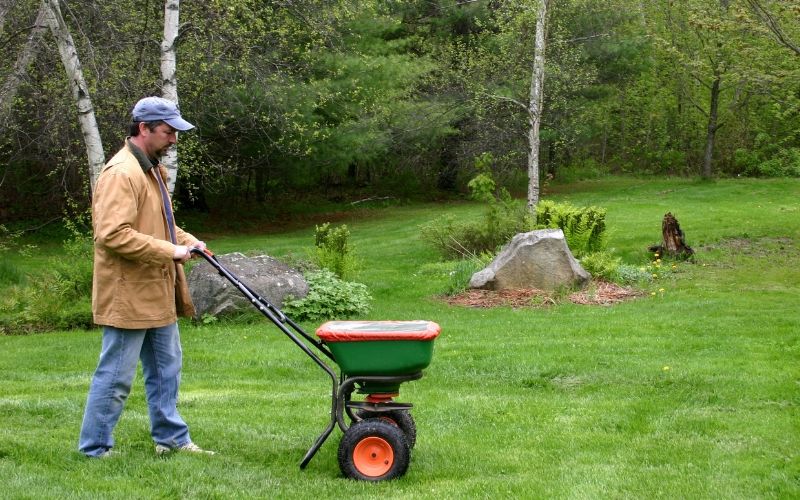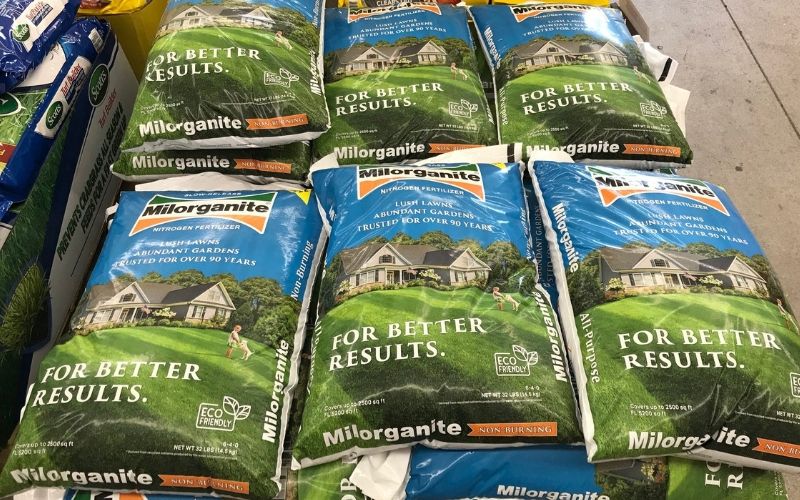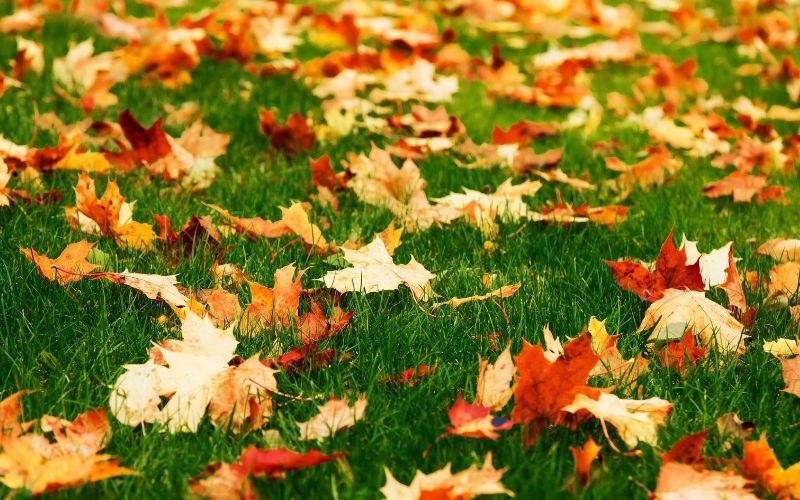Milorganite® Fertilizer Application Rates and Schedule

When Should I Fertilize My Lawn?
To remember when to fertilize your lawn with Milorganite, we recommend using the “holiday schedule” or applying every 8-10 weeks during the grass growing season. The specific holidays when you fertilize will depend on whether you have northern (cool) season grass or southern (warm) season grass (see the map below). View the tables below for recommendations on when to fertilize with Milorganite and how much to apply. Make sure to use the correct spreader setting or calibrate your spreader.
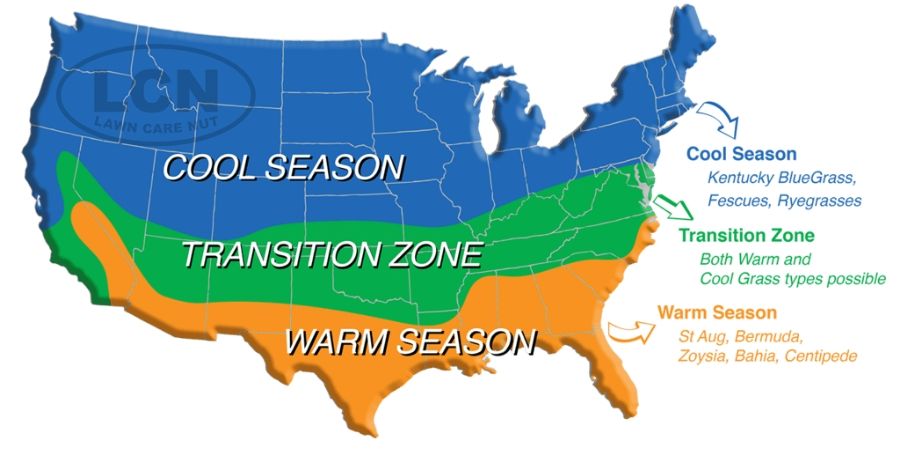
When to Apply Milorganite
Milorganite Application Rates
Northern Cool-Season Grasses
| When to Apply | Application Rate* |
|---|---|
| Memorial Day, mid to end of May | 32 lbs per 2,500 sq ft |
| July 4th, Canada Day | 32 lbs per 2,500 sq ft |
| Labor Day, early September | 32 lbs per 2,500 sq ft |
| Thanksgiving, mid November | 32 lbs per 2,500 sq ft |
Northern Grasses such as Kentucky bluegrass, Fescue, and Perennial Ryegrass should be fertilized four (4) times per year.
In spring, fertilize your lawn with Milorganite after the last frost and once your lawn begins to grow and green. A good rule of thumb is when daytime temperatures are consistently in the 60s which means soil temperatures are in the mid-50s. Check out this online tool to learn your current soil temperature. If you fertilize too early, the plant will focus on shoot growth, and you will sacrifice root growth. Deep roots help your lawn better withstand drought conditions during summer months.
For the last application, fertilize with Milorganite as late in the season as possible—just before the first deep freeze or snowfall. This fertilizer application, known as “dormant feeding,” encourages healthier, greener lawn in spring.
*MD, MI, PA: Apply Milorganite two times per year at the rate of 32 lbs. per 5,200 sq ft (per state regulations). Check with local ordinances for fertilizer blackout dates. Milorganite is not for sale in CT & ME.
Milorganite Application Rates
Southern Warm-Season Grasses
| When to Apply | Application Rate* |
|---|---|
| Easter (after turf breaks dormancy) | 32 lbs per 2,500 sq ft |
| Memorial Day, mid to end of May | 32 lbs per 2,500 sq ft |
| Labor Day, early September | 32 lbs per 2,500 sq ft |
| Early October (or when overseeding)* | 32 lbs per 2,500 sq ft |
Southern Grasses, such as Bermuda, St. Augustine, Centipedegrass, Bahia, and Zoysia, should be fertilized four (4) times per year. Centipedegrass and Bahia grass prefer spring and summer feedings, and to help prevent winterkill, avoid fertilizing these varieties in the fall.
In spring, fertilize your lawn with Milorganite after the last frost and once your lawn begins to grow and green. A good rule of thumb is when daytime temperatures are consistently in the 70s which means soil temperatures are in the 60s. Check out this tool to learn your current soil temperature. If you fertilize too early, the plant will focus on shoot growth and you will sacrifice root growth. Deep roots help your lawn better withstand drought conditions during summer months.
Avoid fertilizing southern grasses too late in the fall. The grass is trying to go dormant and when you fertilize you’re encouraging it to grow. This may cause your lawn to be less hardy as it enters cold weather and more susceptible to winter injury. The last time to fertilize, warm-season grasses, in fall is one month before dormancy or the average first killing frost.
*FL & MD: Apply Milorganite two times per year at the rate of 32 lbs. per 5,200 sq ft (per state regulations). Check with local ordinances for fertilizer blackout dates.
*In regions where killing frosts can be expected, avoid fertilizing southern grasses in the fall less than one month prior to the average date of the first killing frost. For best results, fertilize when overseeding.
How Much Milorganite to Apply on the Lawn
For established lawns, start by using an application rate of 32 lbs. per 2,500 sq ft in both northern and southern regions to ensure a healthy green lawn. When establishing a new lawn, apply 64 lbs per 2,500 sq ft to ensure healthy growth. See the table below for the application rate.
If you’re overseeding your lawn, mix the grass seed with Milorganite. This is an effective way to spread seeds and fertilize at the same time. Mix four parts Milorganite with one part seed by weight according to recommended overseeding application rates.
One of Milorganite's great features is that it does not require watering after application. It stays on the soil until water and temperature conditions are just right for soil microbes to break down the nutrients for plants to use. Although not necessary, watering Milorganite will ensure the fertilizer is in contact with the soil and speed up the fertilization process.
Milorganite Application Rates
New Lawns
Mix Milorganite fertilizer into the top two inches of soil before seeding or sodding or sprigging. After you mow the lawn for the third time, apply two 32 lb. bags per 2,500 sq ft of lawn, then follow the recommended fertilizing schedule for your grass type (see above).
| Seed or Sod | Application Rate |
|---|---|
| Seeding, Soding, or Sprigging | 64 lbs per 2,500 sq ft |
VA apply 32 lbs per 2,500 sq ft. Rates not applicable in the state of FL.
For help with setting your spreader, visit spreader settings.
Tips for Applying Milorganite to the Lawn:
- Use the correct spreader and settings when applying Milorganite to your lawn. If your spreader isn't listed, we recommend calibrating it.
- Mow your lawn before fertilizing with Milorganite to help increase soil contact.
- Apply half of the recommended amount of Milorganite in one direction, then the other half in the opposite direction. This helps ensure an even application.
- Walk at a steady pace while fertilizing, as your speed can affect application rates. Walking faster distributes less Milorganite, while walking slower distributes more.
- Milorganite doesn’t need to be watered in like synthetically made fertilizers, although watering or rain will speed up the process of releasing nutrients into your lawn.
Milorganite® Reviews
Share your Milorganite lawn, garden, or landscape, and we'll send you a shirt, hat, or rain gauge. We appreciate your support!
Connect with us on social media to see your beautiful lawns and gardens.
Lawn Articles
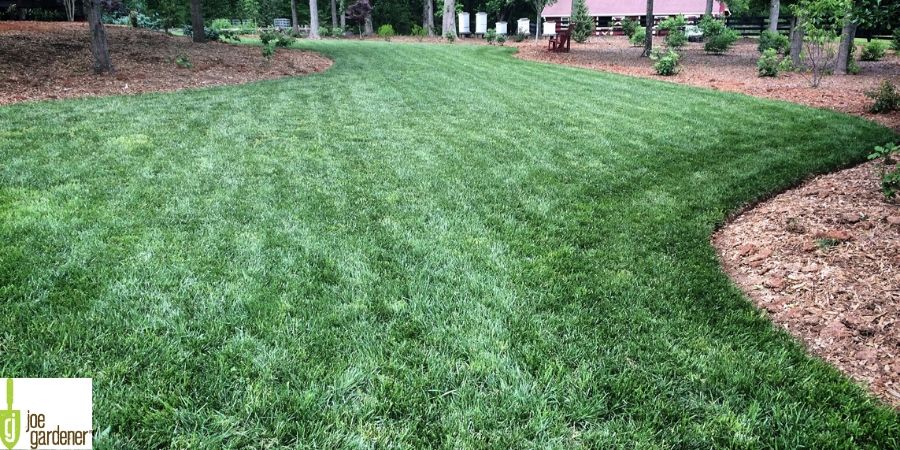
Rehabilitating Your Lawn Naturally
By Joe Lamp'l
Gardening Expert and Host of Growing a Greener World®

